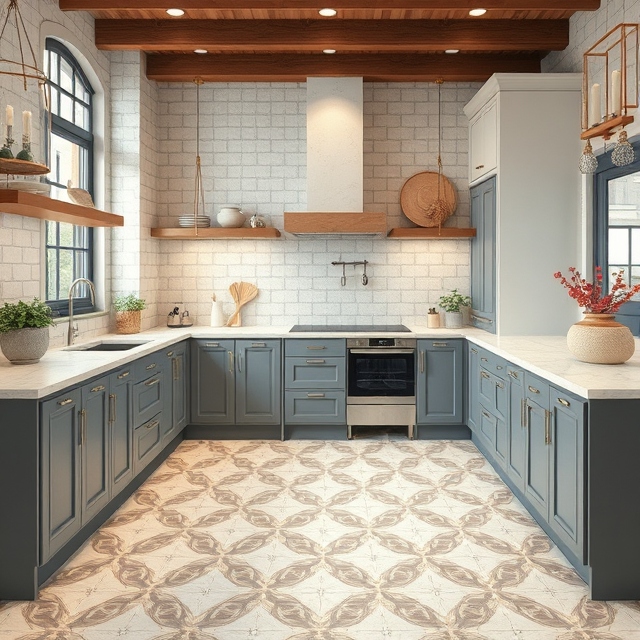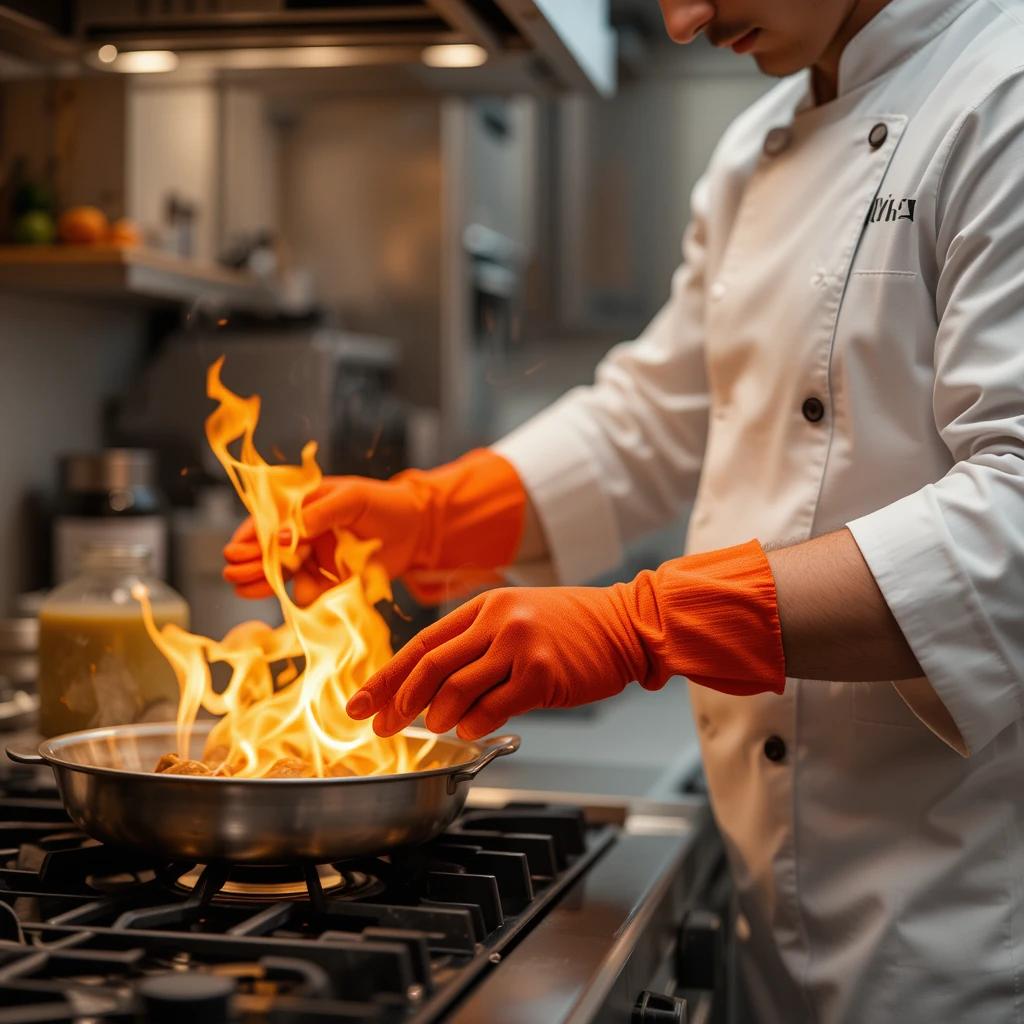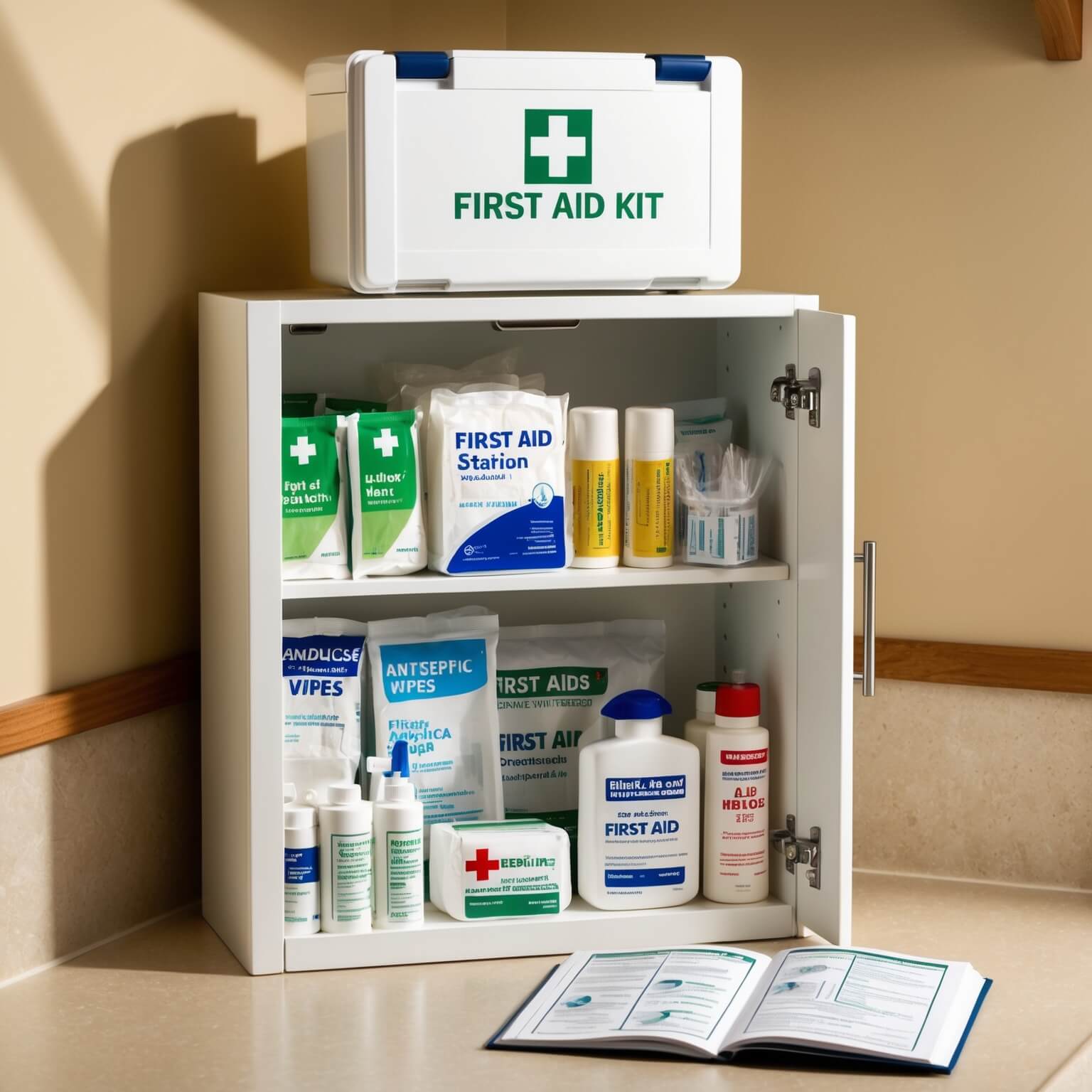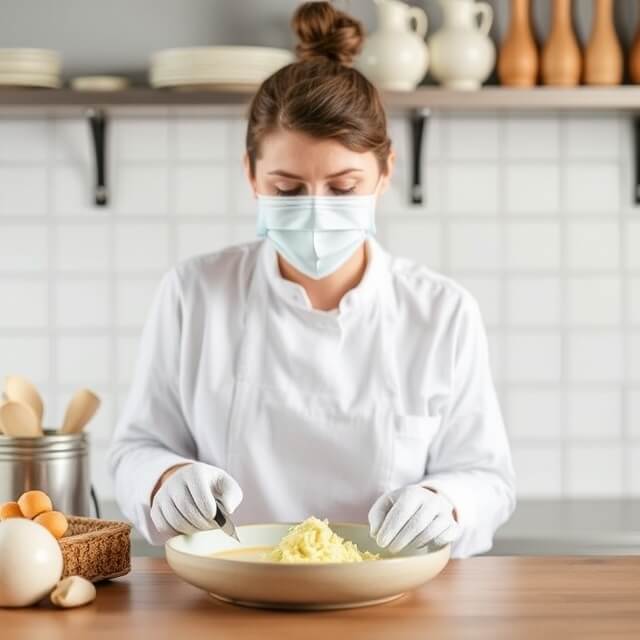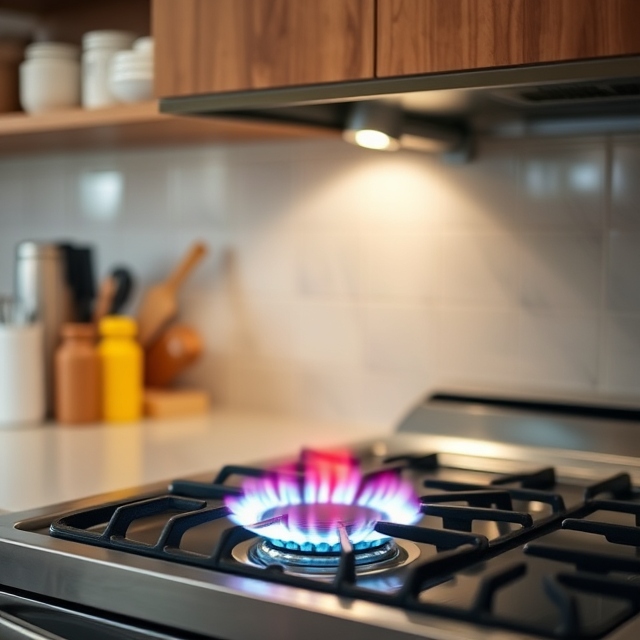The kitchen floors may be the last thing that comes to your mind whenever you are thinking of the rooms in the house that need maintenance. It is a known fact, however, that they are prone to wear and tear, especially in the cooking sections of the house. Scuff marks from furniture rubs, heavy appliances, clawed paws of pets, and spills from sauces, oils, and drinks can all converge to create a problem for clean-cut floor tiles. Are you a fan of cooking regularly or do you prefer doing housework on your own, or are you just someone who is looking for cheap maintenance options? In either case, it makes sense to Protect Kitchen Floor Tiles from Scratches and Spills.
This article covers protective measures to save your kitchen floor tiles from abrasions as well as stains without compromising the aesthetic appearance of your kitchen.
Floor Tile Types
Before that, it is wise to get familiar with the type of tiles installed in the kitchen first before looking for protective measures.
1. Ceramic Tiles
Ceramic tiles are one of the most commonly used tiling options for kitchens, and admittedly they are low-cost as well. Although they are durable, heavy shocks may crack them and chip off pieces. A stable coating of oils and sauces can make the grout lines easily get stained.
2. Porcelain Tiles
Porcelain tiles have greater density and lower porosity which enables them to be stronger against moisture and even stains. Still, these tiles are prone to scratches from heavy furniture and fallen utensils.
3 . Natural Stone Tiles
Natural stone tiles are made of natural materials such as marble, granite or limestone and give a stunning finish, but they are soft and can easily soak up moisture, so they have to be sealed from scratches and stains.
4. Vinyl Tiles
As vinyl tiles are softer and more forgiving, they are naturally scratch-resistant. They repel moisture and are easy to maintain, but they are prone to damage when pressure is exerted by very heavy objects.

Rugs and Mats
Protective Mats and Rugs
An area prone to an array of damage can be easily protected by mats and rugs while also providing a cosmetic appeal. They serve dual functions: firstly, they impact and reduce movement which could result in scratches; secondly, they absorb small spills which Protect Kitchen Floor Tiles from Scratches and Spills. Additionally, rugs with cushions have a cushioning effect on the foot.
Where to Place Mats
Under the Sink: This part of the house is most favourable to spills as a mat can be kept underneath the sink to catch and absorb soap and water splashes.
High Traffic Zones: Place mats at the doorways leading into your kitchen to prevent dirt and small stones from scratching the tiles.
Next to Cooking Areas: Position mats alongside stoves or countertops where food preparation takes place to catch spills or crumbs.
Easy-to-Clean Alternatives
Choose mats that are machine washable or waterproof for easy cleaning. Also, look for mats with a non-slip base, which is a plus for safety.
Floor Sealants
What are Floor Sealants?
Sealants serve as a coating applied to the tiles and grout lines to protect against moisture, stains, and scratches. Additionally, they help reinforce the durability of certain materials like natural stone.

Types of Sealants
Wax-based Sealants: They are low cost and easy to apply; however, they need to be reapplied frequently.
- Polyurethane Sealants: These have a protective layer that makes them durable and resistant for much longer.
- Penetrating Sealants: They are most suitable for natural stone, as they penetrate the porous surface to protect it from within.
How to Apply Sealants
1. Clean Your Floors: Above all, when you are ready to apply the sealant, the tiles and cement should be clean and dry.
2. Apply in Proportions: Use a roller or a foam brush to apply a thin and even layer of the sealant to the surfaces.
3. Allow to Dry: As always check with the manufacturer. Usually, you are required to wait at least 24 hours before stepping on the floor.
Furniture and Appliance Pad
Though small, furniture and appliance pads are indispensable. This is what you can consider:
Felt Pads: These pads are placed on soft, lightweight chairs and tables as they are very soft and easy to apply.
Rubber Pads: These are more suitable for stronger appliances as they provide more grip.
Where to Place Pads
These should be attached to the bases of all your furniture, chairs and even the legs of tables, on the underside of all refrigerators. This is to avoid direct contact between the tiles and the furniture, thereby preventing the likelihood of scratches.
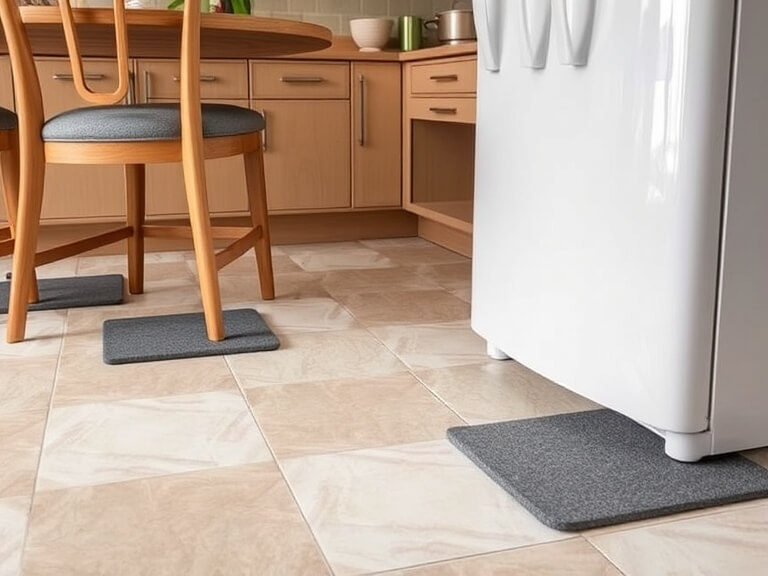
Benefits of Using Pads
With the use of pads, the chances of the tiles being scratched are greatly reduced, and noise while moving furniture is also controlled. They are inexpensive and a quick change for any kitchen.
Regular Maintenance
Regular maintenance and care can assist in prolonging the life of your kitchen floor tiles’
Neglecting spills, particularly if they include acids from vinegar and tomato sauce, causes them to develop a stain, dull and damage tiles. Since immediate sanitation of spills goes a long way in avoiding problems, it should be done as soon as possible.
Recommended Cleaning Products
- Cleaner for ceramic and porcelain tiles should be pH-neutral.
- Natural stones require degreasers developed specifically for them.
- Refrain from acidic cleaners such as vinegar that are likely to damage some tile surfaces.
Deep Cleaning Schedule
Deep cleaning is recommended every month in order to keep the grout lines free from dirt accumulation. This also ensures that your tiles will remain shiny and vibrant.
Advice to Avoid Damage to the Floor
Do Not Use Steel Wool or Any Cleaning Tool That Is Too Rough
The use of such tools is unnecessary as it may lead to micro scratches that would remove the shine on the tiles.
Cross Mats at Kitchen Entries
A cross mat is a simple but effective solution that keeps the dirt off and Protects Kitchen Floor Tiles from Scratches and Spills. This is important because pets tend to bring a lot of dirt and dust into the house.
Change Rugs and Mats Regularly
Such frequent changes avoid cases of rubbing off and light damage due to sunlight. In addition, it also aids in the uniform distribution of the protection layer.

As a matter of priority, the kitchen floor is the most beautiful feature of any home. To describe the kitchen floor ornaments without using intricate adjectives would be sufficient to say that they are multi-coloured delights.
Now what worries most homeowners is how to Protect Kitchen Floor Tiles from Scratches and Spills which look nice but can get scratched and lose their luster. There are some very simple methods to ensure the long-lasting functionality and visual appeal of the tiles. For instance, sealing the tiles, installing protective mats and strategically placing furniture pads are simple ways that will keep the tiles looking new for a long time.
These do-it-yourself steps and hacks can be employed by any individual who wants to maintain the kitchen area looking good without spending a fortune. Expenditures on maintenance of the tiles today will indeed save one from future costly repairs. It would also enable homeowners to develop good practices, thus ensuring that the floor tiles will last for a considerable period.
Make use of well-maintained spaces for the beauty to emanate from the home. The kitchen showcases its maker, so turn it into a work of art.
Make your worries vanish by using these mats, sealants, and pads that go on kitchen floor tiles. Complete the kitchen of your dreams with beautiful home fixtures and great aesthetics.
FAQ
To protect your kitchen floor tiles:
Use rugs or mats in high-traffic areas.
Apply a sealant to prevent stains and moisture damage.
Clean up spills immediately to avoid long-term damage.
Yes, sealing your kitchen floor tiles can:
Protect against stains and moisture.
Enhance the durability and lifespan of the tiles.
Be especially important for porous tiles like natural stone.
Apply a penetrating sealant for natural stone or porous tiles.
Use epoxy grout instead of traditional grout to prevent water seepage.
Ensure proper grout sealing every 1-2 years.
Yes, you can cover kitchen tiles with:
Vinyl flooring (peel-and-stick or roll-out sheets).
Laminate flooring for a quick update.
Area rugs or mats for a temporary solution.
For newly installed tiles, apply sealer after grouting but once the grout is dry.
For existing tiles, apply sealer every 1-2 years or when water no longer beads on the surface.

